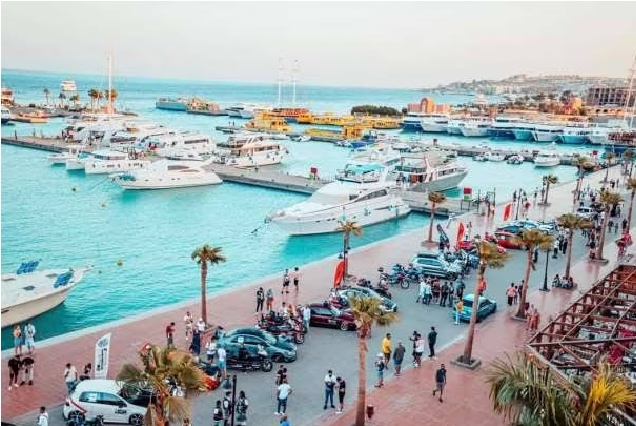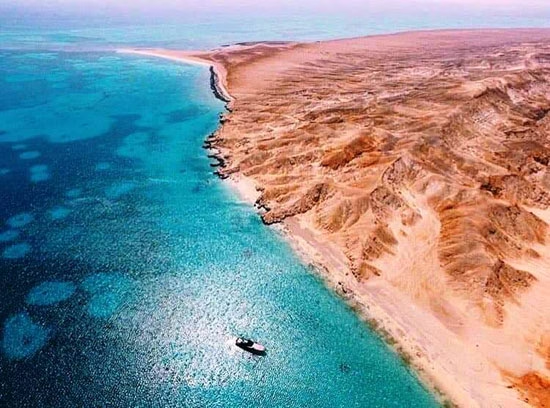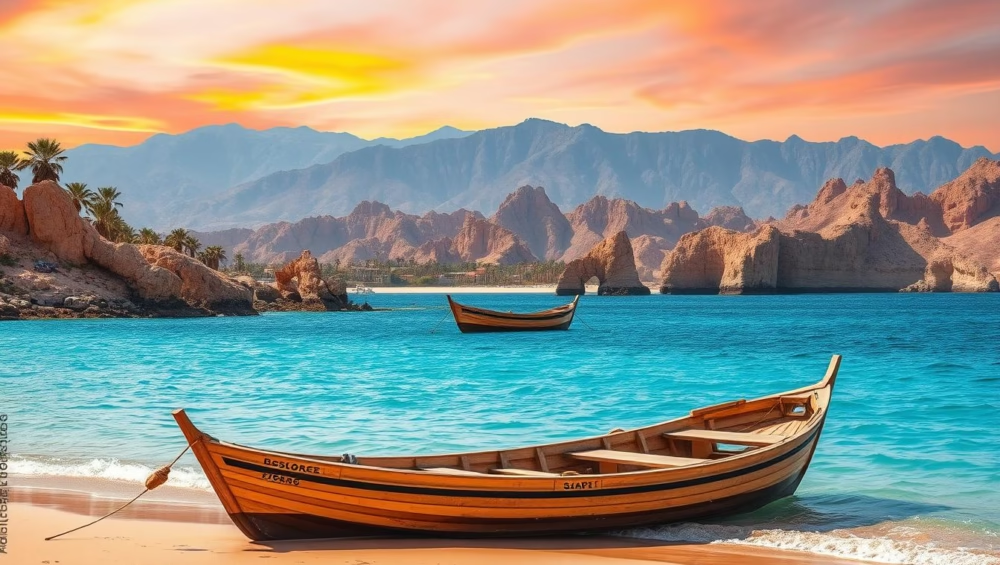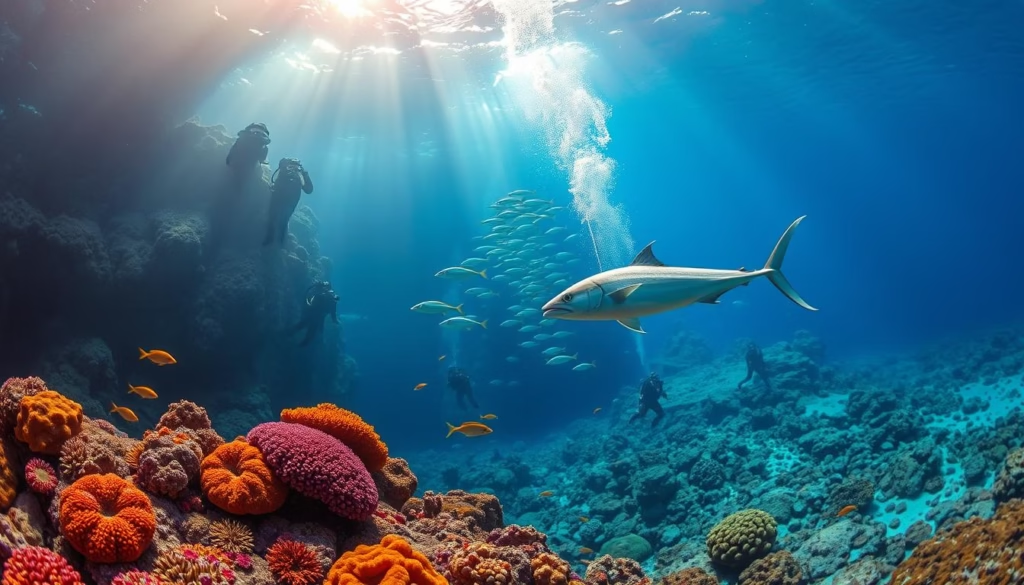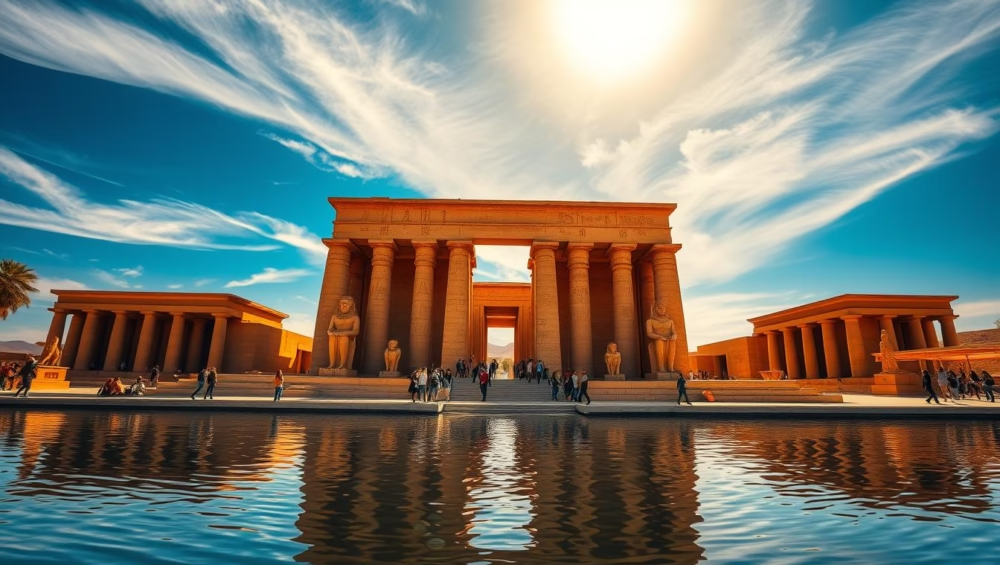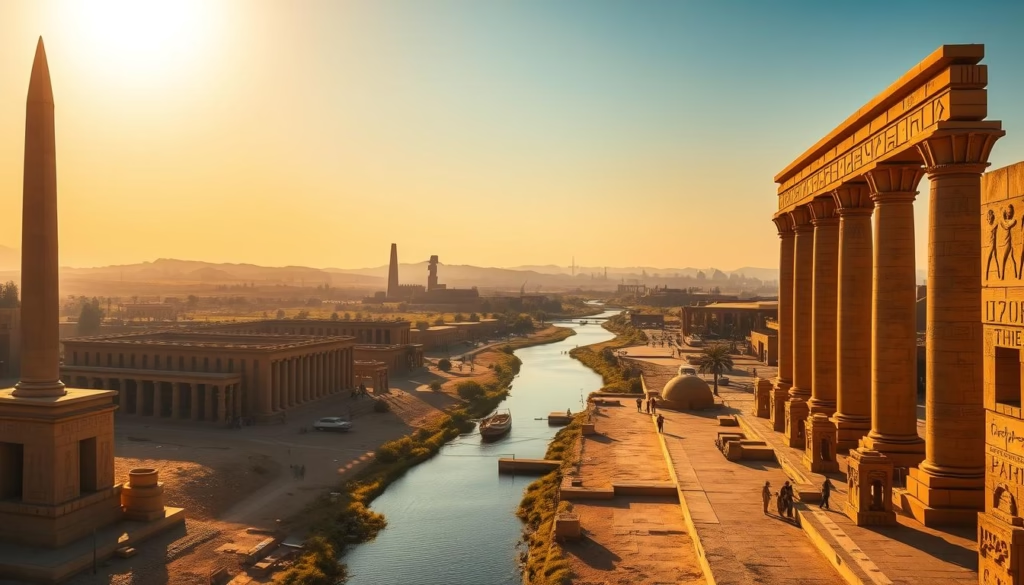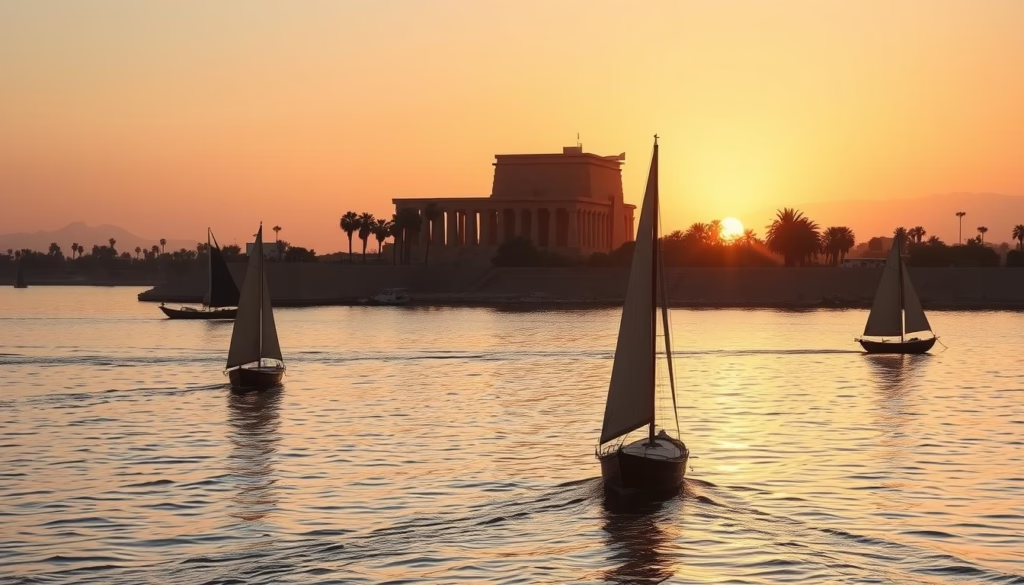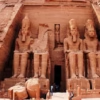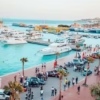Hurghada Marina: The Vibrant Heart of Luxury and Leisure at the Red Sea 2025
Located on the shores of the Red Sea, Hurghada Marina blends tranquility with breathtaking natural beauty. This premier tourist destination attracts visitors from around the world, offering one of the city’s most beautiful entertainment hubs. Guests enjoy stunning sea views, luxury yachts, and a lively atmosphere—both by day and at night when colorful lights transform the area into a magical spectacle.

Breathtaking Sea Views
Upon entering Hurghada Marina, you’re greeted by rows of luxury yachts and tourist boats lining the harbor, exuding elegance. A stroll along the palm-tree-lined promenade is unforgettable, with the fresh sea breeze and gentle sway of boats on the waves.
Unique Culinary Experiences by the Sea
The marina’s promenade features upscale restaurants and cafés serving international cuisine. Savor fresh seafood with ocean views, Italian pasta, oriental grills, or authentic Egyptian dishes. For a perfect evening, dine at a beachfront restaurant at sunset, where golden skies meet the blue sea.
Vibrant Atmosphere & Nightlife
By night, Hurghada Marina comes alive with live music, relaxed gatherings, or lively parties. Adventurers can join nighttime boat trips to admire the city lights from the water.

Exciting Water Activities
Beyond relaxation, the marina offers thrilling water sports:
- Luxury yacht cruises to nearby islands
- Glass-bottom boat tours to explore coral reefs
- Diving and snorkeling in the Red Sea’s depths
- Jet skiing and water skiing for adrenaline seekers

Tips for a Perfect Visit
- Best time to visit: Afternoon/evening for mild weather and vibrant energy
- Dining: Reserve in advance during peak season for the best views
- Don’t forget: Your camera to capture the yachts and scenic marina
- Adventure: Try speedboat rides or sunset cruises
Luxury Dining & Cafés
Hurghada Marina boasts top-tier restaurants and cafés with diverse menus—fresh seafood, Egyptian grilled dishes, Italian specialties, and decadent desserts. Enjoy a romantic dinner by the water, where colorful reflections create an enchanting ambiance.

Lively Nightlife
After dark, the marina becomes a nightlife hotspot with live music, entertainment venues, and chic lounges overlooking the sea.
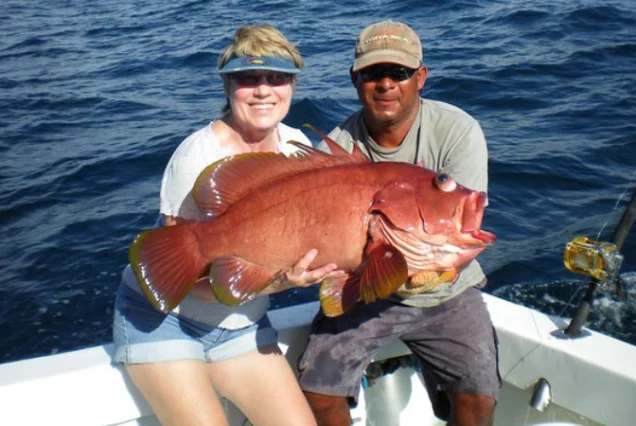
Marine Adventures
Book private yacht tours, diving trips, or fishing excursions with professional guides. For thrill-seekers, jet skis and speedboats are available.
Visitor Tips
- Evenings are ideal for the marina’s magical ambiance.
- Dress code: Elegant, comfortable attire suits the upscale setting.
- Photography: Capture unforgettable moments against the marina’s stunning backdrop.

The Ultimate Luxury & Leisure Destination
Hurghada Marina is perfect for families, couples, and sea lovers seeking relaxation and adventure. Whether you crave fine dining, live music, or water sports, this Red Sea gem delivers an unmatched experience.

